I found new bacteria, can I name Wang Xinling bacteria?
Author:Species calendar Time:2022.06.14
If you don't know the friend below, it can be called "Long Mao Black Pig".
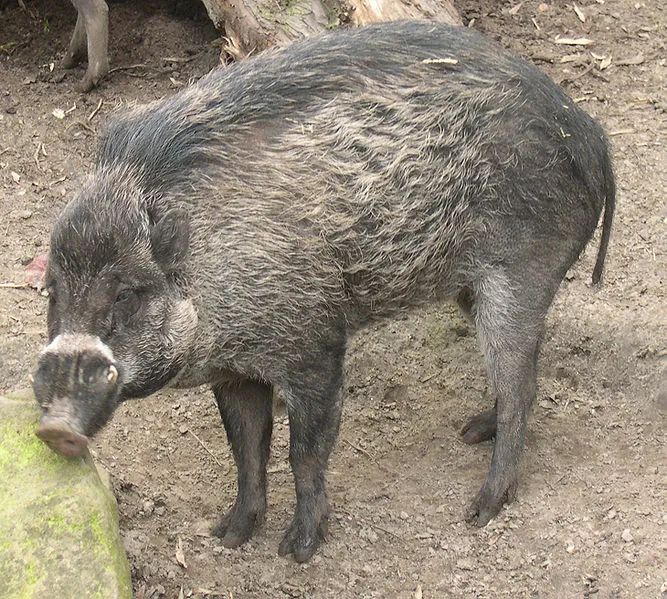
In fact, it is called rolling pork pork 丨 Wikimedia Commons / Magalhães
Below this cluster, we might as well call it "big tube grass".

In fact, mountain bottle grass 丨 Wikimedia Commons / Noahelhardt
Even if there is no professional knowledge, it is easy for us to name the animals and plants visible to the naked eye according to the appearance, such as small red flowers, big orange cats, and so on.
But there are many microorganisms in the world! They are not visible to the naked eye, and they are not as obvious as animals and plants. How can we name them? Is it like the joke, named the newly discovered bacteria with the name of the person?
There are surnames, but also famous
The long -haired black pigs and big tubes mentioned just now are casual names, but in formal occasions, we need to use scientific names and big names.
The scientific name of a species is written in Latin, and it is composed of two parts: the first half is named, which is equivalent to human surnames, and a surname is a family; Used to indicate individuals.
In order to explain this matter more interesting, we have also drew a period of comics. Welcome to come in and see → click here to browse.

In theory, if a scholar discovered a new bacteria/fungi, as long as it is not repeated with the existing fungus name, it will not cause ambiguity and does not violate legal morality and public order. The right to naming belongs to the scholars who are first reported.
Think about it a bit cool.
Law of Name: Look at the face
Based on the appearance, it is the most common way of naming, very intuitive! The most representative is the famous Golden Pugioe.
The scientific name of Golden Grape bacteria is StaphyLococcus Aureus. Its "surname" is a large series of Latin, which means "skewers" and "round fruits". Do you think it is as round as grapes?
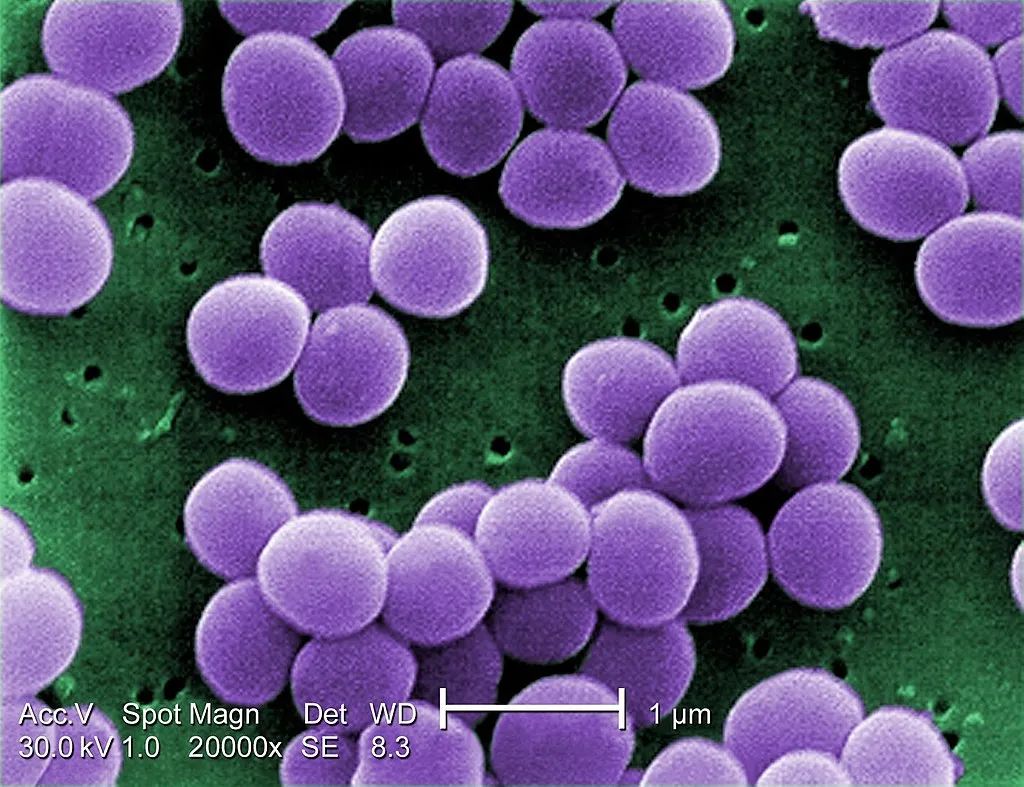
Figure 丨 CDC
And its "name" means "golden yellow". The above photos are stained, and in the diner, it is actually Jin Chancan:
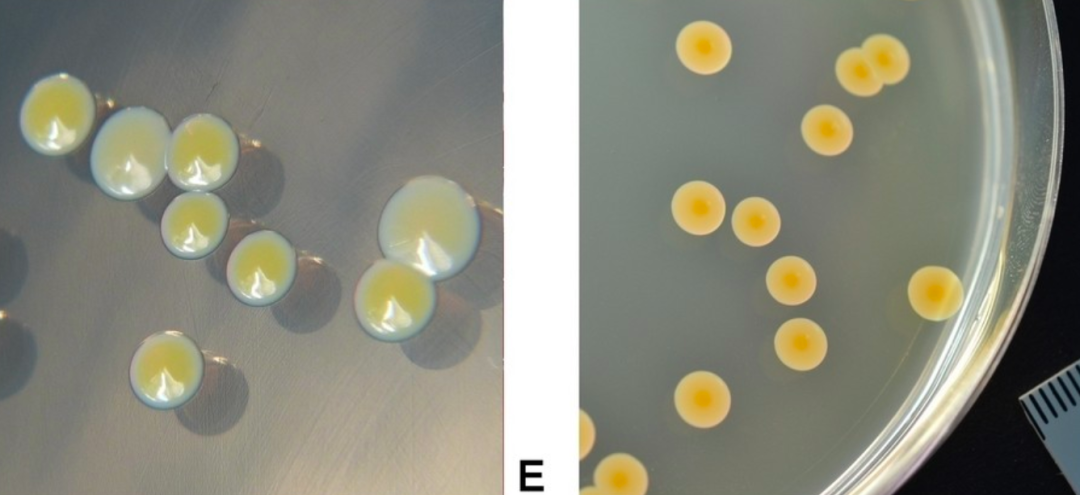
Figure 丨 Wikimedia Commonts

Golden Grassori bacteria in "Working Cells" 丨 "Work cells"
This naming method is as straightforward as a "high man" as a "high man".
They also belong to this category
Staphylocococcus Haemolyticus: The bacteria can cause hemolytic ring around the colonies in a medium containing blood component.
Bacillus Cereus: The colonies have rough appearance and resembled solidified wax drops, often causing food poisoning.
Fusarium SPP.: This type of fungi has a crescent moon -shaped, exactly like sickle, which can cause plant diseases and infect humans or animals.
Rule of Names 2: Checking Household Registration
We discern a person's identity, often use place names, Beijingers, Asians, and Earth people. This method can also be used on microorganisms: see where it is.
In 2001, the University of Hong Kong Medical College reported a new pathogenic bacteria for the first time. The bacteria is separated from the blood and thoracic pus of a patient with high fever and shortened liver cirrhosis. Because it was separated for the first time in Hong Kong, the bacteria were named Hong Kong Seaglia (Laribacter Hongkongensis).
Some bacteria are more unique, for example, E. coli, where the hukou is located: large intestine.
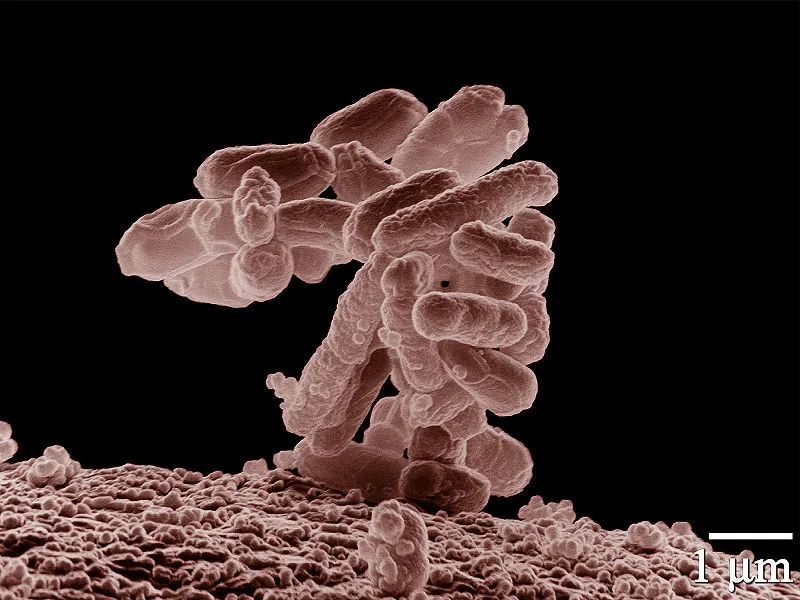
Emperor E. coli 丨 Wikimedia Commons /Eric Erbe
The formal name of E. coli is Escherichia Coli, which is worth mentioning that "Esse" comes from human names.
In 1885, the German doctor Theodor Escherich was separated from the bacteria in the feces. To commemorate the great discovery of Dr. Easari, in 1919, the fungus was formally named "Escherichia".
They also belong to this category
Nocardia Cyriacigeorgica: The bacteria for the first time in the church's murals. Since the church is located in a small town called Gelson Kexing in Germany, the bacteria is sometimes translated as Gai as cover. Ersen Kiccae.
LEIFSONIA SHINSHUENSIS: "Shinshu" refers to Japan's Nobuya, the old name of Nagano, and the bacteria was first discovered here.
Bacillus Nanhaiensis: In 2011, it was first separated by Chinese scholars in oysters collected in the South China Sea waters. Later, the fungus was renamed "FICTIBACILLUS Nanhaiensis".
Rule of Names 3: Name "Sin"
Children in our country must inject the Bai Bai Bai Sanlian vaccine. Among them, "white" refers to the once -killed disease -white throat. This disease can cause myocarditis or systemic poisoning. Most patients' throat will appear as gray -white membrane -shaped, so this disease is called "white throat". Gray -white membrane -shaped objects near the tonsils of leukine patients 丨 Wikimedia Commons / Dileepunnikri


The initiator of the white throat is a kind of bacteria -like bacteria, which is also called "White Throat Bacteria".
They also belong to this category
Rabies virus: The pathogen of rabies; in addition to human beings, it can also infected mammals such as dogs, wolves, cats.
The plague Yersinia Pestis: The pathogen of the plague (black death); the bacteria can infect rodents dominated by rats and spread to humans by rat flea.
Streptococcus Pneumoniae: A bacteria arranged in a short necklace, causing pneumonia in children and the elderly.
Neisseria Gonorrhoeae: Old, known as gonorrhizal, can cause purulent infections of the urogenital system. It is one of the common sexually transmitted diseases, commonly known as gonorrhea.
Rule 4: Named by people and institutions
The name of the newly discovered bacteria with the name of the lover (name) is true. This is the romance of microbiologists.
Louis Pasteur is one of the founders of microbiology. In order to express his respect and commemoration of him, in 1887, people really named a brand new bacteria (equivalent to a large family) as Basteus.
To this day, BAARL is a "bacteria prosperous", and currently contains 31 species and 4 sub -species, many of which are pathogens of human and animals, which also contribute to Basteur's partial contribution (right to Pasteur (right to Pasteur (right to Pasteur (right? Research on rabies and anthracnose) have secrets. I don't know if Master Basard is happy or speechless.
Basteur: I should still be happy 丨 Wikimedia Commons / Paul Nadar

An example of named microorganisms named by institutions or groups is fine.
In 2010, a bacteria named Yimella were discovered. Yim is the first letters of the letter of the Yunnan Institute of Microbiology. It is also the first place where this bacteria has been discovered and studied. The meaning of Yimella's literal translation is "the genus of the Yunnan Microbiology Research Institute". Remember the meaning of collective merit.
They also belong to this category
One of the pathogens of bacterial dysentery. The first half of the name commemorates Japanese bacterian K. Shiga, and the second half commemorates American bacterian simon Flexner.
RicketTsia: Live Treatment of Treatment of Treatment and Trenches. American scientist Howard Taylor Ricketts was unfortunately infected and presented a valuable life during his research. To commemorate his contribution and sacrifice, later generations named his name.
Legionella: During the US Philadelphia in 1976, some veterans participating in the veterans suffered from pneumonia, and subsequently confirmed that it was triggered by a new bacteria, and the bacteria were named "Legion bacteria".
Rule Five: Turn the myth and storytelling
There is a bacteria called two sides of the bacteria, is it particularly domineering, right? Friends who are familiar with Western mythology may know that there is a god in Roman mythology, there are two faces before and after: before the face look, you can see the future; after the face looks, you can see the past.
Two gods in Roman myths 丨 Wikimedia Commons / Loudon dodd
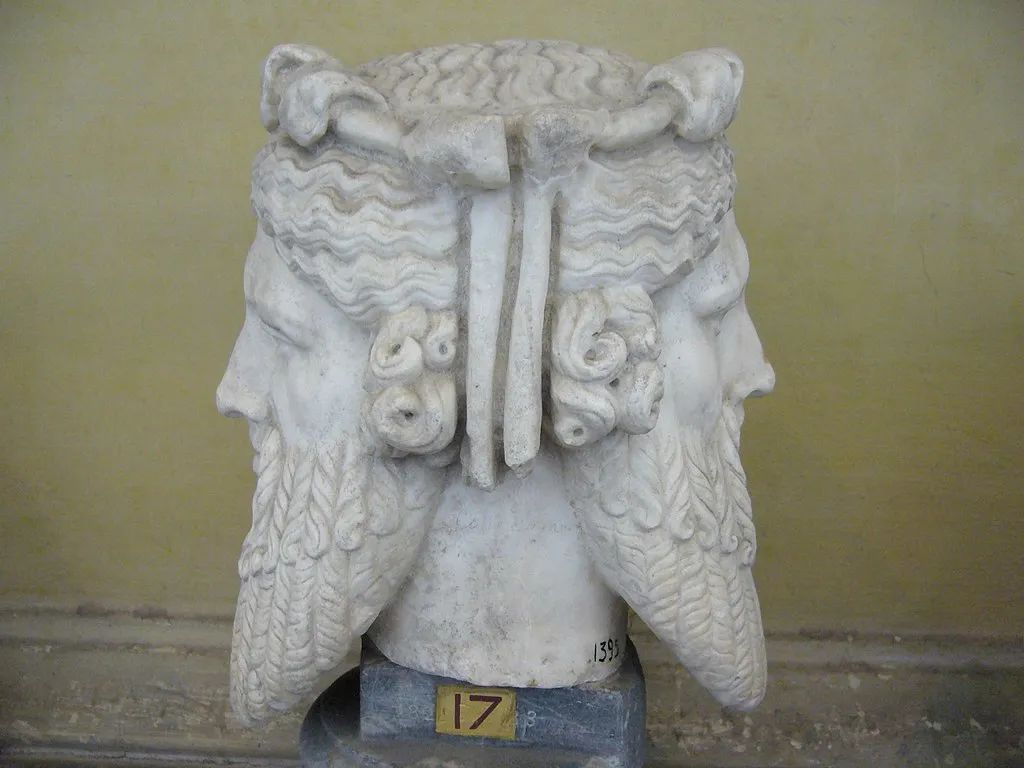
Is the members of those two sides of the genus of the germs grow very characteristic? No, it is a general small capsule (bacteriococcus) or small ball (bacteria).
However, most members of the bacteria have the same characteristics: to switch between bacteria and bacteria in different cultivation environments. This may also be one of the reasons for being named.
They also belong to this category
Mycobacterium Chimarara: "Chimera" originated from the monster in Greek mythology. It has the head of the lion, the body of the goat, and the tail of the python. Chimeila polybiotics have obvious mixed genetic characteristics, which is named.
Asgardarchaeota: Some scholars believe that this kind of bacteria may be the common ancestor of all life on the planet, and even SAO is that they named the members of these bacteria in one breath ), Thorchaeota, Lokiaarchaeota ... 愣 愣 凑)))))))))))). By the way, these ancient bacteria have not been lived, and the author really hopes that there are big coffees in the readers of the fruit shell to clarify the process and name it "Ragnarok".
In fact, there are still many other naming methods, which will not be listed here. In any case, the naming of microorganisms is a serious process. Among the short names, there are both blood tears lessons and exploration of nature. It is an immortal testimony of our human wisdom and courage. references
[1] Rosenbach fj. Microorganamen Bei Den Wund-Infections-KRANKHEITEN Des Menschen. J.F. Bergmann, Wiesbaden, 1884.
[2]Shaw LN, Aish J, Davenport JE, et al. Investigations into sigmaB-modulated regulatory pathways governing extracellular virulence determinant production in Staphylococcus aureus. J Bacteriol. 2006;188(17):6070-6080.
[3]Schleifer KH, Kloos WE. Isolation and characterization of staphylococci from human skin. I. Amended descriptions of Staphylococcus epidermidis and Staphylococcus saprophyticus and descriptions of three new species: Staphylococcus cohnii, Staphylococcus haemolyticus, and Staphylococcus xylosus. International Journal of Systematic Bacteriology 1975; 25: 50-61.
[4]Trevisan V. Sul Micrococco della rabbia e sulla possiblità di riconoscere durante il periodo d'incubazione, dall'esame del sangue della persona moricata, se ha contratta l'infezione rabbica. Rendiconti dell'Istituto Lombardo di Scienze e Lettere (Ser 2) 1887; 20: 88-105.
[5] Tang SK, Wu jy, Wang y, et al. Yimella Lutea Gen. Nov., SP. Nov., A NOVEL ActinoBacterium of the Family Dermaccaceae. Int j Syst Evol. 2010; 60 (Pt 3): 659: 659: 659: 659: 659: -663.
[6] Castellani a, Chalmers aj. Manual of Tropical Medicine, 3rd Ed. Williams Wood and Co.
[7]Yuen K Y , Woo P C Y , Teng J L L , et al. Laribacter hongkongensis gen. nov. sp. nov. A Novel Gram-Negative Bacterium Isolated from a Cirrhotic Patient with Bacteremia and Empyema[J]. Journal of Clinical Microbiology, 2001 , 39 (12): 4227-4232.
-1947. Author: Li Meng
Edit: Li Xiaogui
- END -
The 5th "Blooming Cup" 5G application solicitation contest Hebei Regional Competition is launched today

Today, the Fifth Blooming Cup 5G application solicitation contest Hebei Regional C...
One arrow Samsung!my country successfully launched remote sensing 35 group 02 group satellite

At 10:22 on June 23, my country used the Long March 2 Ding Yun Rockets at the Xich...